Animals
-
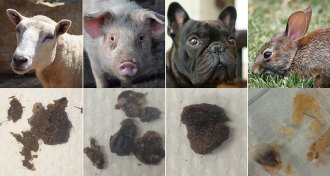 Life
LifeHere’s how earwax might clean ears
Science seeks inspiration in earwax for dreams of self-cleaning machinery.
By Susan Milius -
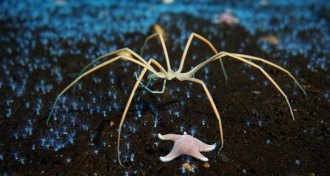 Animals
AnimalsIt takes guts for a sea spider to pump blood
Most sea spiders have hearts, but what really gets their blood flowing are gut contractions.
By Susan Milius -
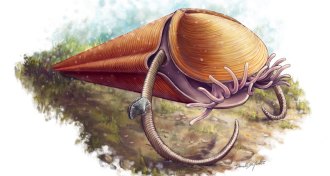 Paleontology
PaleontologyAncient oddball invertebrate finds its place on the tree of life
Ancient marine invertebrates called hyoliths may be more closely related to modern horseshoe worms than mollusks, a fossil analysis finds.
-
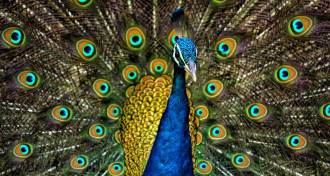 Animals
Animals‘Furry Logic’ showcases how animals exploit physics
"Furry Logic" explores how animals rely on the laws of physics in pursuit of food, sex and survival.
By Sid Perkins -
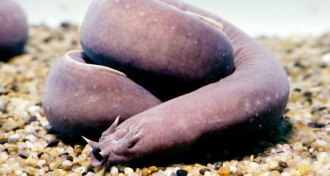 Animals
AnimalsUnusually loose skin helps hagfish survive shark attacks
Hagfish skin that easily slips and slides can be a lifesaver in crises such as shark attacks.
By Susan Milius -
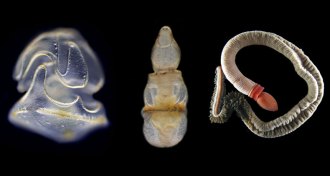 Animals
AnimalsThese acorn worms have a head for swimming
The larvae of one type of acorn worm are basically “swimming heads,” according to new genetic analyses.
-
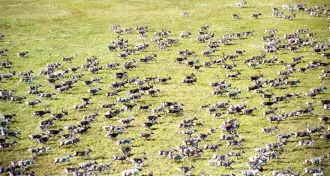 Animals
AnimalsWorld’s largest reindeer population may fall victim to climate change
Climate change and wolves are driving down the reindeer population in Russia’s Taimyr population.
-
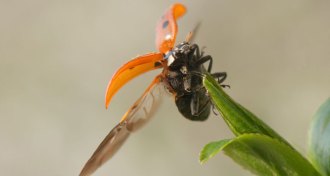 Ecosystems
EcosystemsLong-ignored, high-flying arthropods could make up largest land migrations
Forget birds. 3.5 trillion insects, spiders and mites a year fly over the southern United Kingdom.
By Susan Milius -
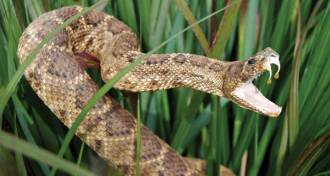 Animals
AnimalsTales of creatures large and small made news this year
Scientists filled in the details of some famous evolutionary tales in 2016 — and discovered a few surprises about creatures large and small.
-
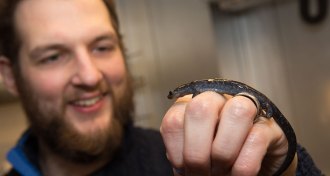 Animals
AnimalsFor some salamanders, finding a mate is a marathon
Small-mouthed salamanders will travel close to nine kilometers on average to mate, a new study finds.
-
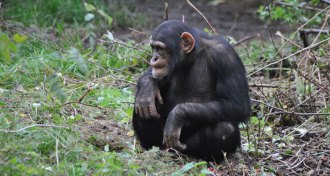 Animals
AnimalsChimps look at behinds the way we look at faces
Humans demonstrate something called the inversion effect when gazing at faces. Chimpanzees do this too — when looking at other chimps’ butts.
-
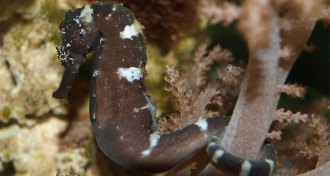 Animals
AnimalsGenome clues help explain the strange life of seahorses
Researchers have decoded the genetic instruction manual of a seahorse (Hippocampus comes) and found clues to its nearly 104-million-year evolutionary history.